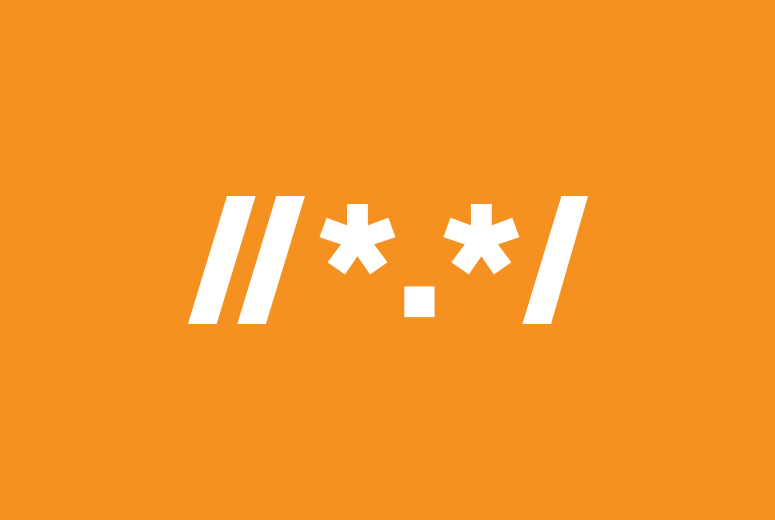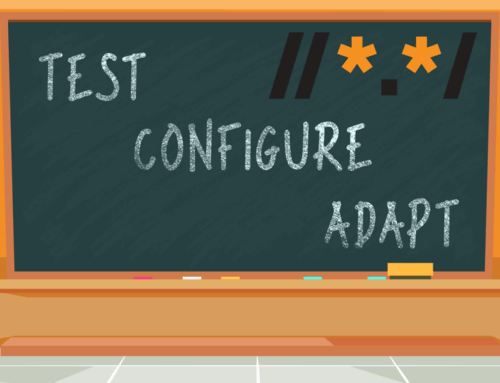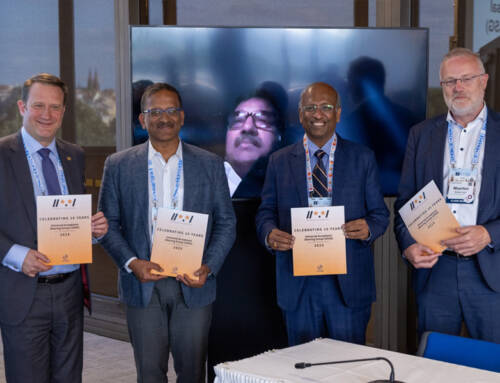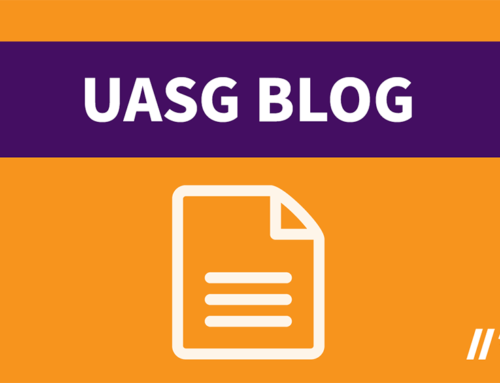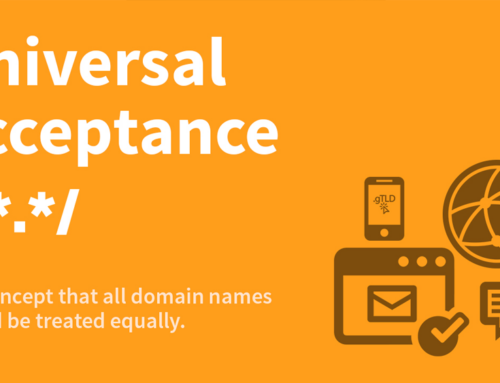By Don Hollander, Secretary General of the Universal Acceptance Steering Group (UASG)
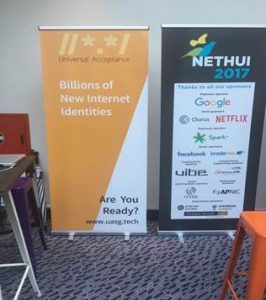 2017 was an important year for the Universal Acceptance Steering Group (UASG). Whereas in 2016 we focused our efforts on introducing people to the concept of Universal Acceptance (UA) and building general awareness, this year we took it a step further by ensuring that the UASG was providing value to organizations seeking to become UA-ready.
2017 was an important year for the Universal Acceptance Steering Group (UASG). Whereas in 2016 we focused our efforts on introducing people to the concept of Universal Acceptance (UA) and building general awareness, this year we took it a step further by ensuring that the UASG was providing value to organizations seeking to become UA-ready.
Specifically, in 2017 we focused on: developing additional documentation and resources for UA readiness; developing processes for measuring UA compliance and establishing benchmarks; emphasizing the importance of Email Address Internationalization (EAI); and continuing to expand our footprint with media, analysts and industry associations.
Among the materials we developed this year were the Blueprint for CIOs, Programming Language Library Evaluation Criteria and FAQ. We also revised our Quick Guide to Linkification, Quick Guide to EAI, Introduction to Universal Acceptance and our one-page Guide to Universal Acceptance. This rich set of technical and management resources is intended to help CIOs, programmers and other IT specialists navigate the technical details of UA readiness.
We took steps to formalize our methodology for measuring UA compliance, resulting in two formal reports – Universal Acceptance of Popular Browsers and Evaluation of Websites for Acceptance of a Variety of Email Addresses. We will be continuing this work next year and beyond, with the publication of a report on UA readiness of popular social media channels in early 2018 and a review of email software and services for their EAI readiness.
In addition to measuring UA compliance, in 2017 we also partnered with technology and consulting firm Analysys Mason on a white paper aimed at showcasing the economic, social and cultural benefits of UA. The findings were covered in more than 30 media articles around the globe, with MIT Technology Review calling UA “a ‘bug fix’ that could unlock the web for millions around the world.”
The UA community has worked hard to get the word out this year, with UA featured at the 41st Internationalization and Unicode Conference (IUC41) in Santa Clara, California, WHD.global in Germany, NetHui in New Zealand and a variety of events in eastern Europe. What is particularly pleasing is that members of the community – including Dusan Stojicevic, Andre Schappo and Tobias Sattler, among others – are using our standard material, adding their own take, and raising awareness on their own.
The upcoming year looks equally exciting.
In 2018, the UASG will continue measuring and benchmarking UA progress with the reports on social media and EAI mentioned above, and another round at looking at UA readiness of popular websites. We’ll also continue work on getting popular programming language libraries UA-ready. In addition, we’ll be looking to further engage with specific industry sectors and geographic regions; for example, in early January we will be meeting with colleagues from the Hong Kong IT community to discuss issues, opportunities and solutions related to UA. EAI will continue to be a priority as we expect the broader email industry to make marked strides in becoming EAI-ready. The UASG will contribute by facilitating interaction and engagement among EAI players and IDN TLD operators.
While 2017 was a year of progress for the UASG, we couldn’t do it without the participation of the UA community and the financial and administrative support of ICANN. Thank you, and happy new year!

